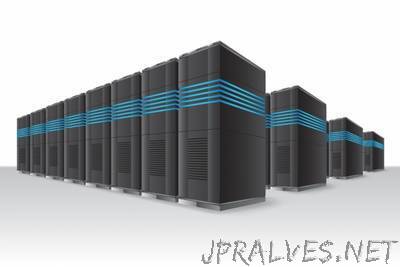
“A webpage today is often the sum of many different components. A user’s home page on a social-networking site, for instance, might display the latest posts from the users’ friends; the associated images, links, and comments; notifications of pending messages and comments on the user’s own posts; a list of events; a list of topics currently driving online discussions; a list of games, some of which are flagged to indicate that it’s the user’s turn; and of course the all-important ads, which the site depends on for revenues. With increasing frequency, each of those components is handled by a different program running on a different server in the website’s data center. That reduces processing time, but it exacerbates another problem: the equitable allocation of network bandwidth among programs. Many websites aggregate all of a page’s components before shipping them to the user. So if just one program has been allocated too little bandwidth on the data center network, the rest of the page — and the user — could be stuck waiting for its component.”
